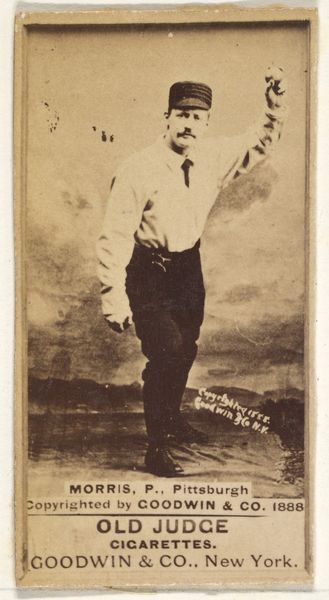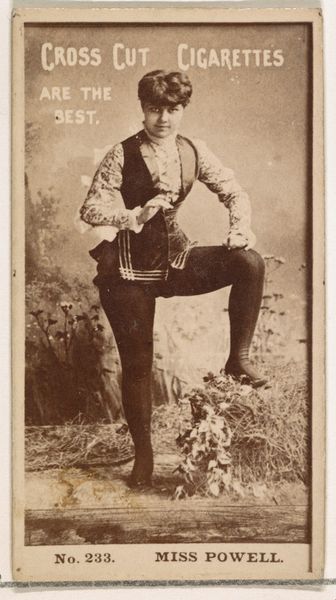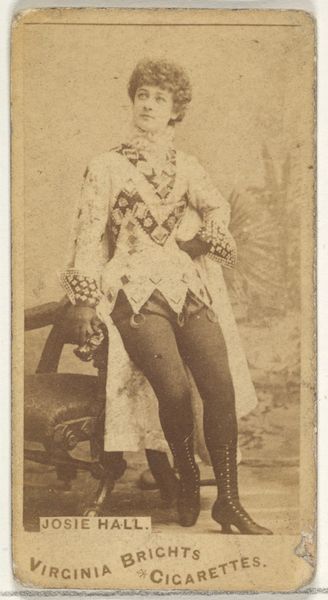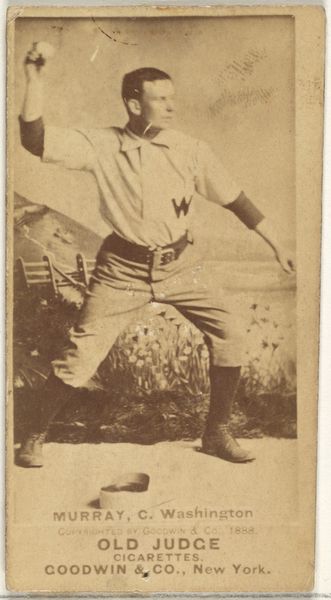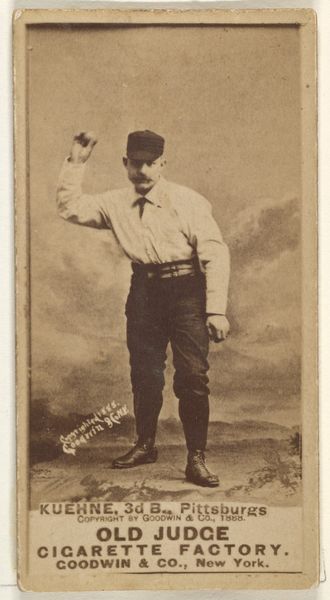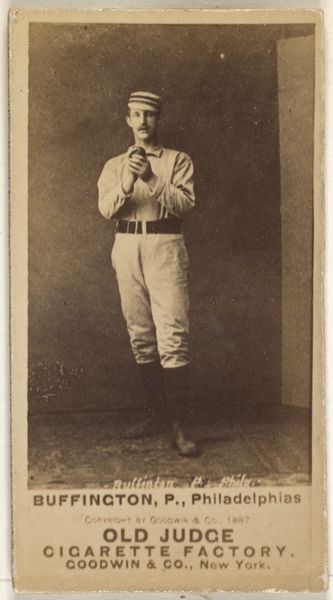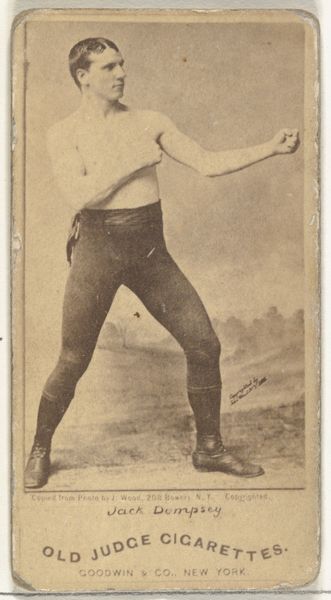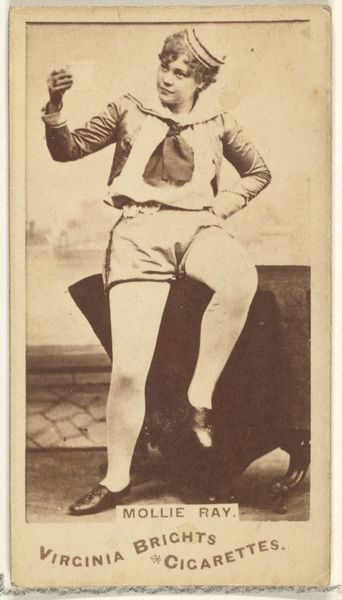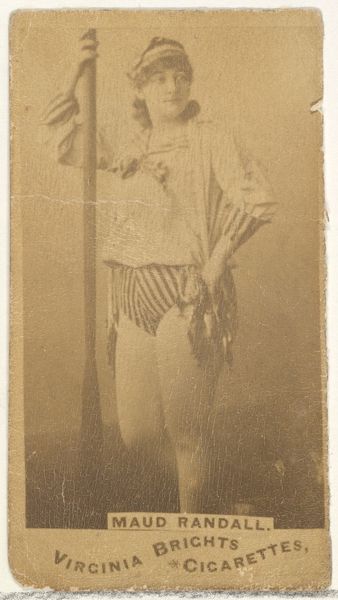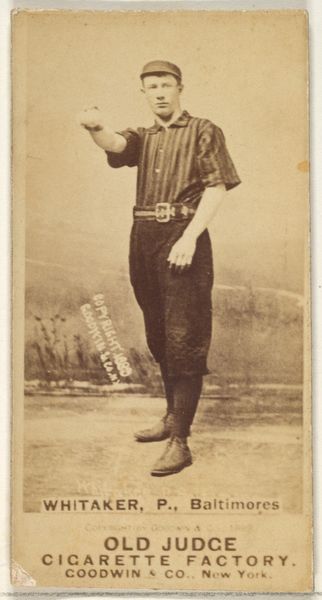
photography, gelatin-silver-print
#
portrait
#
african-art
#
caricature
#
street-photography
#
photography
#
portrait reference
#
gelatin-silver-print
#
portrait art
#
fine art portrait
#
realism
Dimensions: image/plate: 12.1 × 10 cm (4 3/4 × 3 15/16 in.)
Copyright: National Gallery of Art: CC0 1.0
Editor: Here we have Deborah Luster’s gelatin silver print, "Angola, Louisiana," created in 1999. The sepia tone gives it an antique feel, but the direct gaze of the subject, and his very modern shirt, give it away. He's wearing a white cowboy hat and a striped shirt. What kind of story do you see unfolding in this piece? Curator: What strikes me is the setting implied by the title – Angola, Louisiana is the site of the state's maximum-security prison. Knowing that Luster has dedicated much of her work to photographing marginalized communities, particularly those affected by violence and incarceration, changes everything. Suddenly the striped shirt becomes prison garb. Editor: So, you see this portrait as a form of social commentary? Curator: Absolutely. The history of Angola is intrinsically linked to the legacy of slavery; it was a former plantation. Luster is inviting us to consider the connections between these histories of exploitation and the current prison system. It's a visual representation of systemic inequality. Who do you think is the intended audience of such a politically-charged piece? Editor: I suppose the exhibit-going public? People who might not typically engage with these issues otherwise. To hold up a mirror… Curator: Precisely! The photograph becomes a powerful tool to expose these uncomfortable truths. It reminds us that art can, and often does, serve a vital public role by making us reflect on societal injustices and historical context of what is represented. Editor: I see, that certainly puts it in a new light for me! I thought it was just a nice portrait, but now, I get it. Curator: It's a testament to how the politics of imagery really impact our reading and our interaction with art.
Comments
No comments
Be the first to comment and join the conversation on the ultimate creative platform.


